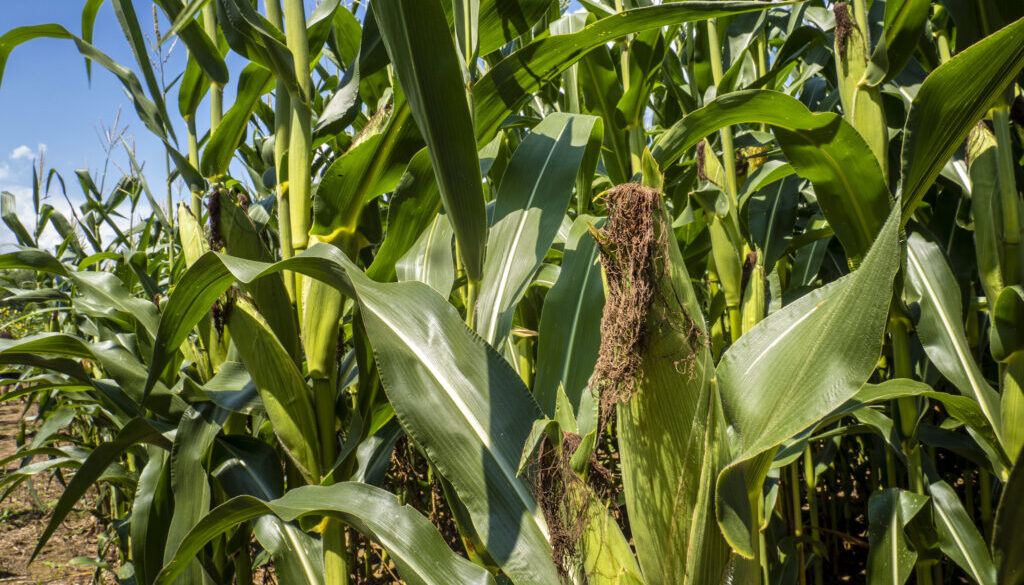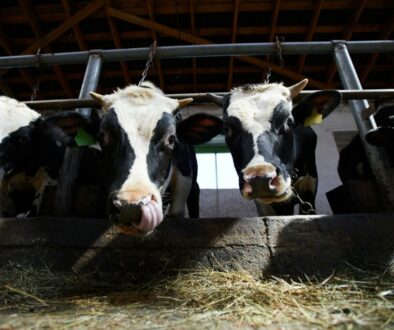High levels of toxic PFAS found in pesticides used in farming
Widely used pesticides contain concerning levels of toxic “forever chemicals” called PFAS, adding to concerns about the human health risks posed by pesticides that are used in growing food, according to a study published last week.
The study found a type of PFAS called PFOS at levels hundreds of thousands of times higher than the Environmental Protection Agency (EPA) considers safe in 6 out of 10 insecticides tested, including malathion, one of the most commonly applied insecticides in the world.
PFOS was found at levels ranging from 3,920,000 to 19,200,000 parts-per-trillion (ppt), far higher than the EPA’s health advisory for PFOS in drinking water, which is set at 0.02 ppt. PFOS is no longer manufactured in the US and has been linked to cancer, as well as problems with the liver, thyroid, and immune system.
PFAS chemicals, including PFOS, were also found in soil samples, corn kernels, string beans, and peanuts that had been sprayed with pesticides at a government research laboratory in Lubbock, Texas, where the study was conducted.
“The level of PFAS absorption by plants detected in this study suggests that this exposure pathway poses a major threat to the safety of our food supply,” Tim Whitehouse, executive director of the government watchdog group PEER, wrote in a Sept. 26 letter to EPA Administrator Michael Regan.
“For this reason, it is quite possible that PFAS in our food is a bigger PFAS exposure pathway than water. This threat is not merely to the safety of U.S. agriculture but of the world’s food supply, as these pesticides are widely applied in other countries,” Whitehouse wrote in the letter.
PEER is calling for the EPA to require that manufacturers test every registered pesticide product and certify that they do not contain PFAS, and to ban the use of pesticides containing PFAS. PEER is also asking the EPA to remove statements from its website saying that registered pesticide products do not contain PFAS.
On September 1, EPA proposed removing 12 PFAS chemicals from its list of inert ingredients approved for pesticides.
“Exposure to PFAS is an urgent public health and environmental issue in our country and we’re continuing to work aggressively to reduce the use of these dangerous chemicals,” said Michal Freedhoff, Assistant Administrator for the Office of Chemical Safety and Pollution Prevention in a press release. “Ensuring that these 12 chemicals can no longer be used in pesticides is an important step to protect workers, the public, and our planet from unnecessary PFAS exposure.”
However, the new study suggests that removing these PFAS from the inert ingredients list is not enough to ensure they are not present in pesticides.
While a recent EPA study found that PFAS chemicals can leach from shipping containers into pesticides and food products, Kyla Bennett, the PEER science policy director, said this probably cannot explain the astronomically high levels identified in the new study.
Nathan Donley, Environmental Health Science Director with the Center for Biological Diversity, speculated that PFAS might form when chemical reactions take place between undisclosed ingredients in pesticide products.
“We don’t really have a good idea what ingredients are in these products,” said Donley. “I’m not sure what chemical reactions would take place without knowing what the components are, but that seems to me to be the most likely explanation.”
(Photo by Preston Keres, USDA/FPAC.)




